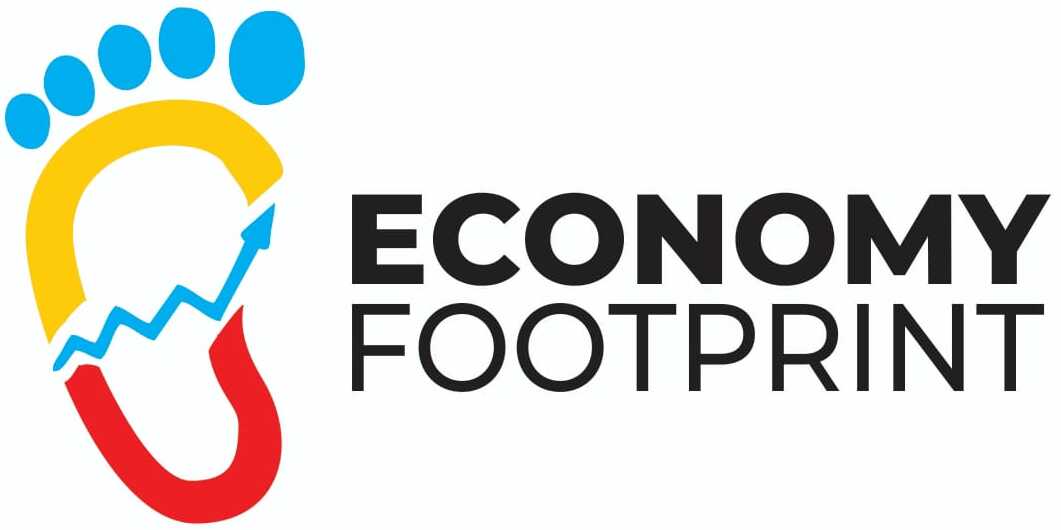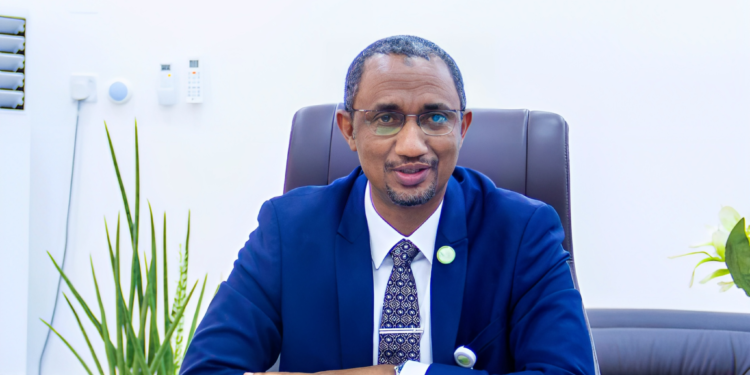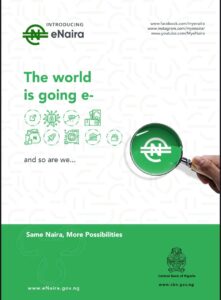A legend was told of the Phrygian king, son of Gordius, who was given by Dionysus the power of turning whatever he touched into gold. This capability became associated with impactful individuals and leaders that created great prosperity out of any situation. Leaders with the capabilities of turning ‘dry lands’ into ‘wet lands’. Leaders with the uncanny prowess to turn stagnant entities into growth and prosperity. ‘Leaders with the Midas touch, everything they touched turned to gold.’
The NiMet Director General (DG/CEO), Prof. Mansur Bako Matazu clearly fits the Midas legendary story.
In spite of lean resources, the NiMet DG has practically turned everything he touched at NiMet into ‘gold’ since he assumed duty at NiMet about two and half years ago. Recall Prof. Matazu was appointed in March 2021 as NiMet CEO for an initial five years period, subject to reappointment.
Those familiar with NiMet at the time he came could clearly tell the premier weather agency was stagnated for about four years. Real progress had been minimal and staff morale was at its lowest ebb. The work environment was not conducive to efficiency and productivity. Working tools and staff welfare weren’t prioritized. Several staff hadn’t been trained for years and the office infrastructure was anything but conducive. Several staffers either stayed away from work for days or weren’t even dedicated to duty.
But when Prof. Matazu climbed the saddle, with the active support of the immediate past Minister of Aviation, Sen. Hadi Abubakar Sirika, the story changed for good. He immediately developed nine-point action drivers of his administration to tackle the decay, drive growth, and inclusive development at NiMet. This is in addition to his working hard to drive NiMet Establishment Bill which was later passed and signed into Law to create the necessary conducive environment for growth.
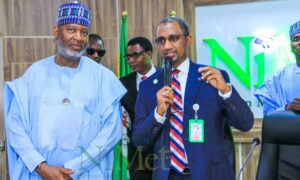
The 9-point Policy Thrust was developed in 2021 to guide the operations of the Agency. They include Improved governance and institutional setting, Effective partnership to improve service delivery, upgrade of observational infrastructure, Improved Data and product sharing policies, and Enhance Numerical model and forecasting tools/applications. Others include; Improving climate –Risk early morning and advisory services, improving our contribution to climate services, and Enhancing product dissemination and Outreach. He began to thick the above action and close gaps.
Boosted Staff Morale, Revamped Training
No dice! Unless an organization has competent, dedicated, and motivated staff, the organization will not function optimally. Prof. Matazu understood this early. “Our human resources are critical. We have improved the conditions of service for staff. We have also introduced mentoring culture where the senior staff train the junior staff, we have also created an open process where staff have access to management staff. As a CEO, I still go and interact with messengers and cleaners to understand what they feel and get inputs from them on how we can improve. This has increased productivity. We have also improved the work environment experiences by renovating our offices at the headquarters in Abuja and other offices across the country” he said.
He revealed that the “headquarters was more than one decade old and had degraded. “We had to make it look more modern. We have also touched on all aspects of our operations. Even though our salaries within the aviation sector is much lower, we are working on improving through our parent ministry and other relevant MDAs. Improving infrastructure is critical because some of the buildings are over 50 years old so we needed to upgrade them. Which we did” Prof. Matazu told EconomyFootprint.com recently.
“With the support of the staff, we have fared well and we have adopted a bottom-top approach in decision making and everyone is feeling ownership and carried along. This is the secrete to our success in the last two years” he further explained. eEconomyfootprint.com reports that NiMet has also intensified training and retraining of its staff across all cadres and on diverse subject matters, including budgeting.
Some other training includes; training of Meteorologists on Air Quality Monitoring, Development of Forecasts &Advisories, Scientific Evaluation and Update of the Seasonal Climate Prediction (SCP) 2022 Mid-Season; NiMet Training for Forty (40) Meteorological Observers & Forecasters at the Meteorological Institute of Science and Technology, Katsina and Five-Day Training Programme On Information Security Management (ISMS) ISO/27001 and ISO/IEC 20000 Lead Auditor Training.
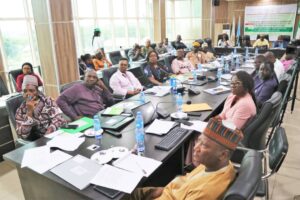
Also done is the Technical Programme to implement the World Meteorological Organization’s (WMO)2022 Hydrological Status and Outlook System (HydroSOS) in Nigeria and the Status Audit and Gap Analysis of NiMet Aeronautical Meteorology Operations at 12 Airports.
Infrastructure Improvements at NiMet
Infrastructure upgrade has also defined Prof. Matazu’s tenure in office. These infrastructure procurements have been comprehensive across the country. From office facilities to critical weather facilities. Thus, beyond the total renovation of office buildings and facilities upgrade at the NiMet head office in Abuja and the regional offices across the country, NiMet also procured the following critical facilities and more, not mentioned here.
Refurbishment and Upgrade of the Pilots’ Briefing Rooms at Nnamdi Azikiwe International Airport Abuja and Murtala Muhammed International Airport, Lagos, Procurement and installation of Low-Level Wind Shear Alert System (LLWAS) Equipment spare parts for NiMet Stations across the country, provision and installation of LLWAS Towers at three NiMet Stations; Construction of Hydrogen Shed at NiMet Upper Air Station at Maiduguri, Borno State; Procurement and Installation of 24 Nos. Felicity Solar D2 Series Security Lights at NiMet Headquarters, Abuja; Completion of NiMet Marine Office Building, Eket, Akwa Ibom State and Clearance Work and Construction of Concrete Platform and related works for Six (6) Nos. LLWAS Sites at Port-Harcourt Airport.
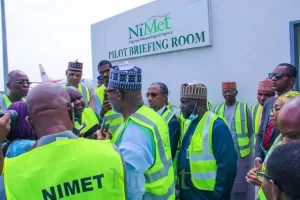
Others include; Construction of Climate Change Modality Centre at Metrological Institute of Technology, Katsina; Upgrade and Cabling of Meteowiz at NiMet Synoptic Offices and ATC Towers in Maiduguri, Katsina, and Sokoto Airport Stations; Procurement and Installation of Low Power Consumption Aviation Cloud Measurement and Observation Systems (ACMOS) at Six Airports; Procurement and Installation of DC-
Powered Meteorological Reference-Grade Air Quality Monitoring Stations at Yola and Sokoto and upgrade of 4 Nos, NiMet Marine AWOS Equipment, Establishment of NiMet Central Marine Forecast Center, Procurement and Installation of Additional Off-Grid Solar Powered Marine Automatic Weather Observing Systems, and Establishment of NiMet Marine AWOS Network.
Also executed within the period under review is the Procurement and Installation of Meteosat Second Generation Equipment (MSG) at NiMet Training School, Oshodi, Lagos, Lagos State, and Maintenance of EUMETSAT MSG Receiving Systems at Murtala Mohammed International Airport, Mallam Aminu Kano International Airport, Training School Oshodi Lagos and Port-Harcourt International Airport; Construction of Shelter and Upgrade of ICT Infrastructure at the Doppler Weather Radar Site at Port Harcourt, Rivers State; Upgrade of GIS Laboratory in Regional Meteorological Centre (RMTC), Oshodi Lagos; Replacement and Installation of 10KVA Hybrid Solar Power Systems for NiMet Lokoja Synoptic Station, Kogi State and Construction of Storm-Water Drainage System Page 56 and Flood Control Measures at Owot-Uta, Akwa Ibom State.
NiMet also procured and installed Additional Conventional Instrument in the Meteorological Enclosure at Federal University Dutsin-Ma, Katsina and Usman Dan Fodio University, Sokoto, Akpugo Secondary School, Nkanu Enugu State, Nnamdi Azikiwe Secondary School, Abagana, Anambra State and a Secondary School, Ajalli, Anambra State; procured and installed Two-Way Radio System at NiMet Port-Harcourt Station, Rivers State; and Constructed NiMet Synoptic Station Building at Makurdi, Benue State, among other procurements not captured here.
Improved Weather Observation and Impact-Based Forecast
The core policy thrust of NiMet is timely and reliable climate prediction and weather forecasts to guide socio-economic activities across the country. Hence, improving and upgrading the weather observation infrastructure came as a natural priority.
NiMet under Prof Matazu’s watch changed the annual public release of the Seasonal Climate Prediction (SCP) from March to January every year. This early climate prediction release is to enable weather users to plan. This early release is critical for planning due to the associated disasters, especially around flooding, weather-induced disease, and other socio-economic activities.
NiMet weather observatory stations were also upscaled to more than 100 locations across the country. “We are present at all the airports, all the seaports, and all the states. In some states, we have three offices. We are running two schools, one in the north and the other in the south” the NiMet indicated.

Earth Networks (EN) a US Based Company also donated ten (10) Lightning Sensors and ten (10) Automatic Weather Stations to NiMet to improve forecasts.
NiMet has also ensured an impacted based forecast. This is to improve the adaptation of weather information across all segments of the economy, especially agriculture, health, aviation, transportation, industry, maritime, insurance, environment, and other critical areas.
According to NiMet data, with the impacts on weather forecasts, farmers are beginning to get improvements in yield by about 30 to 45 percent. Also, there is a reduction of loss by extreme weather by more than 90 percent based on NiMet early warnings and downscaled weather predictions. It has been established by United Nations that if you invest N1 in early warning, you will save about N8, which comes in damages mitigation.
The Central Bank recently informed that heeding NiMet’s advice has saved them more than N120bn in 2022 alone.
Beyond the CBN, other institutions, both private and government sectors, plus individuals, have adopted weather reports to save costs. In aviation, for instance, it is almost daily lost mitigation as airlines make decisions on when it is safe to fly based on weather advisories. Weather is perhaps one of the biggest risks to aircraft as a number of aircraft have fallen off the skies in Nigeria and elsewhere in the world due to bad weather conditions. Experts say the potential savings could be in excess N200bn annually.
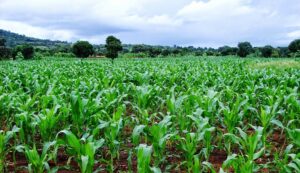
Insurance companies have also used weather predictions to avoid certain insurance policies that would have cost them fortunes in the event of losses. It also helped them to price appropriate premiums on risks to avoid being shortchanged. It is not quantified what the potential savings could be but expert opinions suggest it could also be in billions of naira. This is the same for large and small-scale farmers.
According to the NiMet, the current tailormade weather advisory focus of NiMet is deliberate,
“What I met on the ground were products and services which were basic. So, we adopted the WMO model on impact-based forecast. Previously we just provide forecasts and predictions to users and tell them that it will rain, the temperature will be this, there will be wind in certain directions, there will be cold, heatwave, etc. but we now go beyond these forecasts and tell the users and the public what exactly the weather will do. We say the impacts will be positive or negative and we give the necessary advisory. So, our Seasonal Climate Predictions, Climate and Health Bulletins, Marine Bulletins, and Agromet Bulletin, are impact based. We have also translated the SCP into Hausa, Ibo, and Yoruba. We are in the process of translating into Pidgin English and we are ready to partner anyone to translate into other local dialects in any part of this country” NiMet DG said recently.
This impact-based forecast has generated and provoked interest in NiMet services and a lot of organisations have approached NiMet for special services
Partnerships and MoUs
To enhance efficiency and internally generated revenues, NiMet has entered into several partnerships with several entities. some of these include Signing of MoU and Partnership with NIMASA, Partnership with the Ministry of Agriculture, Partnership with the National Security and Civil Defense Corps, Partnership with Azman University Kano State, Collaboration with Global Challenge Research Fund (GCFR), and Collaboration with Science for Weather and Infrastructure Technique (SWIFT Project), Comprehensive Review of Aero Met Operational processes.
NiMet has also said they are open to those deliberate partnerships as they are willing to downscale weather services to specific needs.
Meteorological Institute of Science and Technology (MIST), Katsina
President Muhammadu Buhari had commissioned these institutions to the delight of citizens. It was later renamed ‘Muhammadu Buhari Meteorological Institute of Science and Technology
It commenced academic activities and offers National Diploma courses in Meteorology, Climate Change Science and other electrical and technical related areas with NBTE accreditation is the first of its kind in Nigeria and West Africa.
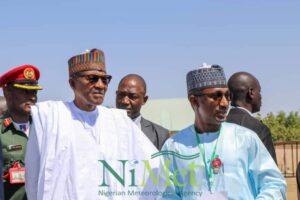
He also noted that the institute is currently pursuing accreditation for Higher National Diploma in Climate Change Science, Meteorology, and Electro-Meteorological Technology so as to provide advanced training for graduates of the institute.
Driving New Revenue Sources
By law, NiMet isn’t a profit-making agency even though it has the capability to be. NiMet just charges for cos recovery on its services. NiMet before now generated the bulk of its internally generated revenue from weather services to airlines. However, NiMet is seeking to provide bespoke weather services to the maritime sector as well to shore up its revenue a bit. To this end, NiMet under Prof. Matazu has entered into a partnership with NIMASA on providing weather advisory to shipping lines.
This is Nigeria is not a landlocked country so we have a border with the Gulf of Guinea, that is the Southern Atlantic Ocean and it is a stretch of over 800km. Strategically, NiMet has installed eight stations in major ports around the coastline. “We installed the necessary equipment including ocean buoys, and automatic weather stations for marine, and we also offer sea surface temperature and other vital parameters of interest. Nigeria is a major importer nation so we have a lot of ship liners that come to this country. They get weather services in other parts of the world but with this MoU, going forward, NiMet should be able to provide these services” Prof. Matazu said.
According to him NiMet signed the MoU in 2021 with NIMASA and hopes to provide tailored services to the maritime sector through the NIMASA.
Also “we set up a technical team and came up with a work plan. We are already providing basic services to the maritime for the past six months and these services have been confirmed to be effective and useful. We provide the services to about 15 nautical miles on the Nigerian waters and we hope that by the second quarter of this year, NiMet will be providing full services to that sector” he stated.
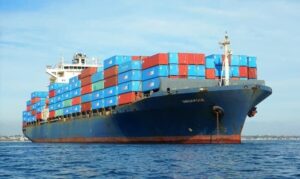
He said NiMet also signed Mou with the CBN, NIRSAL, and others.
“We want to see Nigerians becoming more weather-wise by integrating weather into our daily activities. Nigeria will be attaining a great position in climate mitigation and adaptation. We published local indicators of climate change in Nigeria which covers all the Eco Climatic Zones. We will love to see NiMet services impacting positively on the well-being of Nigerians” Prof. Matazu emphasized.
Indeed, with the transformation at NiMet in spite of the lean resources available to NiMet, Prof. Matazu indeed has got the Midas touch. He turned everything he touched at NiMet into ‘gold’.

